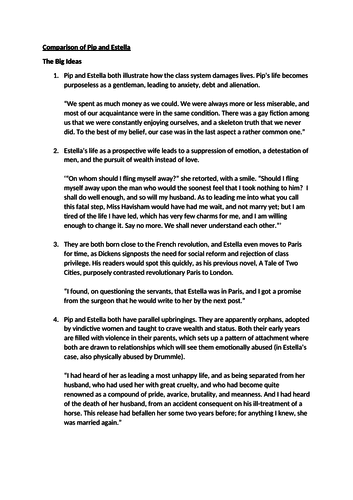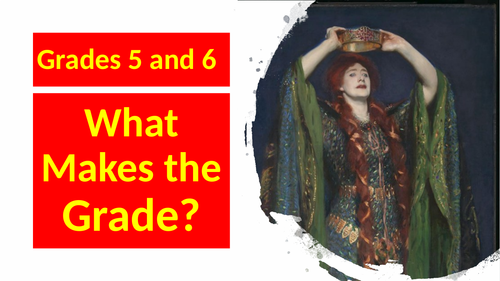Mr Salles Teaches English
All my resources are aimed at teaching students to the top, that's the USP! You can find them on the UK's second largest English teaching channel, Mr Salles Teaches English, and also see how I deliver them there. If you want to be an even better teacher, try The Slightly Awesome Techer, https://amzn.to/2GtQu6l




















